‘Pauline Boty: British Pop Art’s Sole Sister’ chronicles the artist’s life
Marc Kristal’s new biography of artist Pauline Boty brings an era to life in its celebration of her tragically short but highly influential career
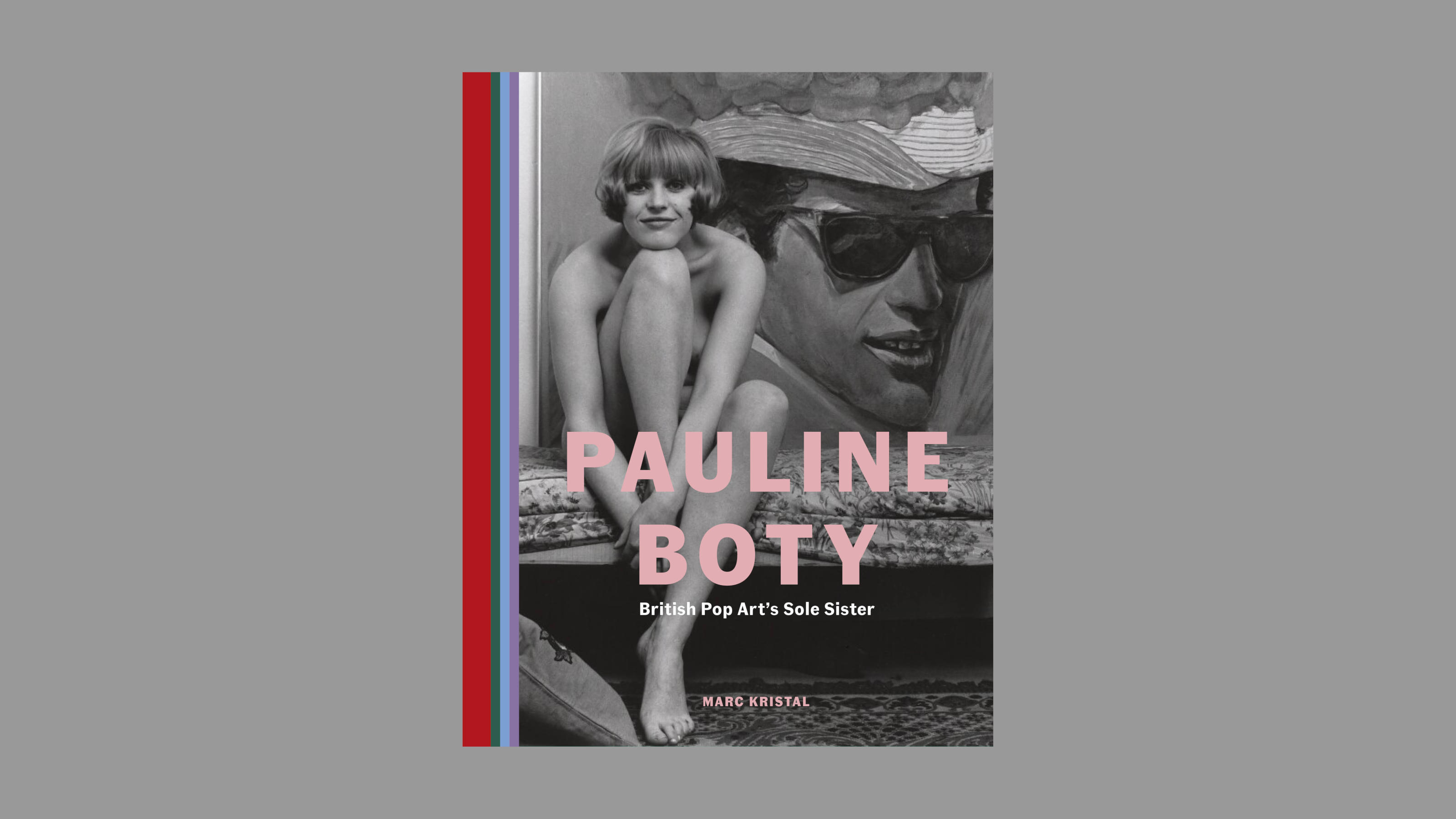
Pauline Boty was at the heart of the Pop Art movement, an RCA student who studied alongside David Hockney, Peter Blake, RB Kitaj, Allen Jones and others. She died of cancer in 1966, just as the 1960s were really starting to swing. Marc Kristal’s new Pauline Boty biography is a rich retelling of the short but intense career of this once-overlooked British Pop artist.
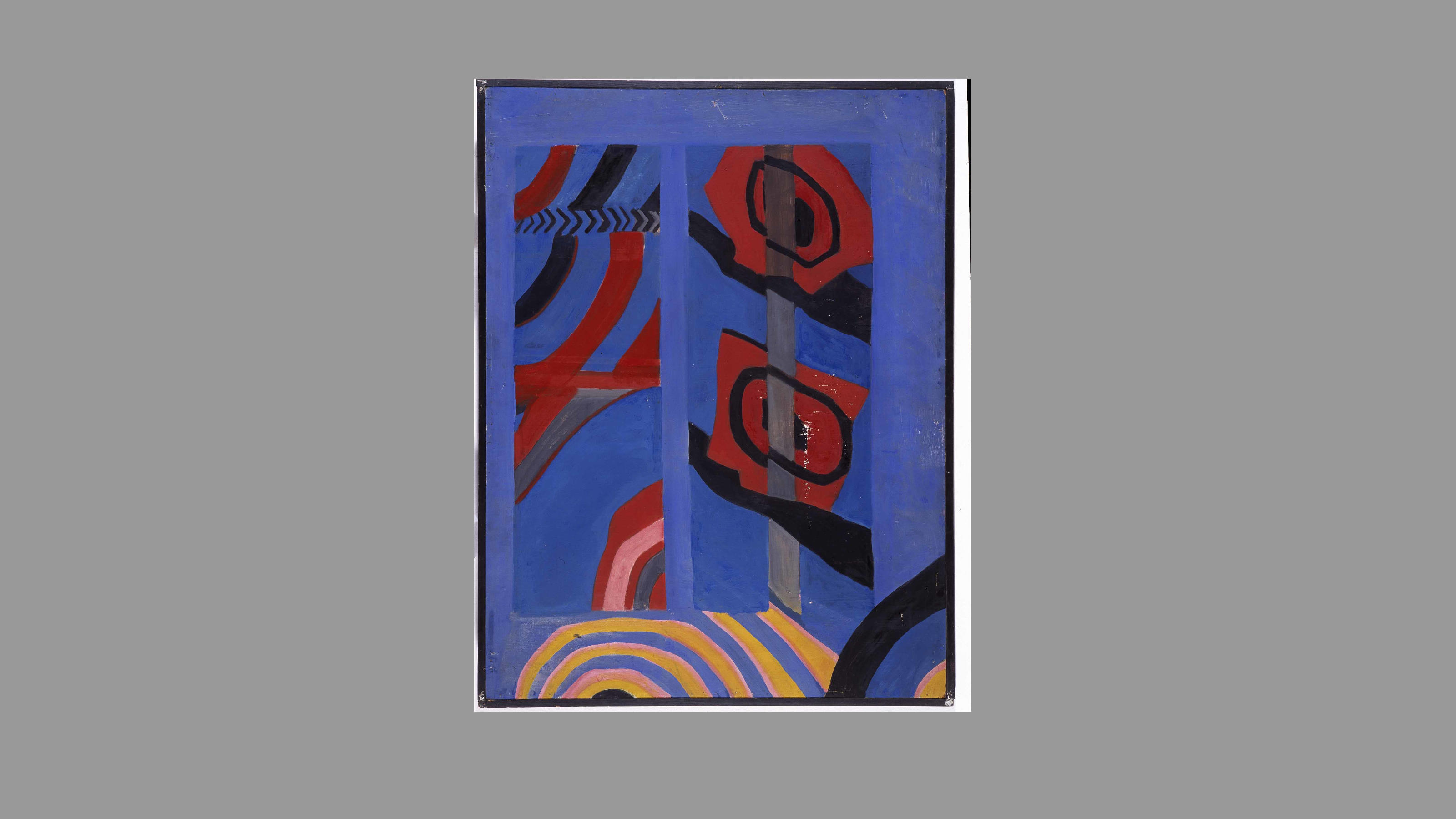
Pauline Boty, Gershwin, 1961, oil on board, 97 x 127 cm
Despite her impressive body of work, gregarious personality and pivotal place in the artistic and aesthetic heart of the Pop movement, Boty’s death didn’t grant her immediate posthumous fame. Kristal relates how it took nearly three decades before the bulk of her paintings were rediscovered, stashed away in a farmhouse in Kent. She was subsequently heralded as the main ‘discovery’ of the Barbican’s 1993 exhibition ‘The Sixties Art Scene in London’, and has since acquired something of a reputation as a proto-feminist artist.
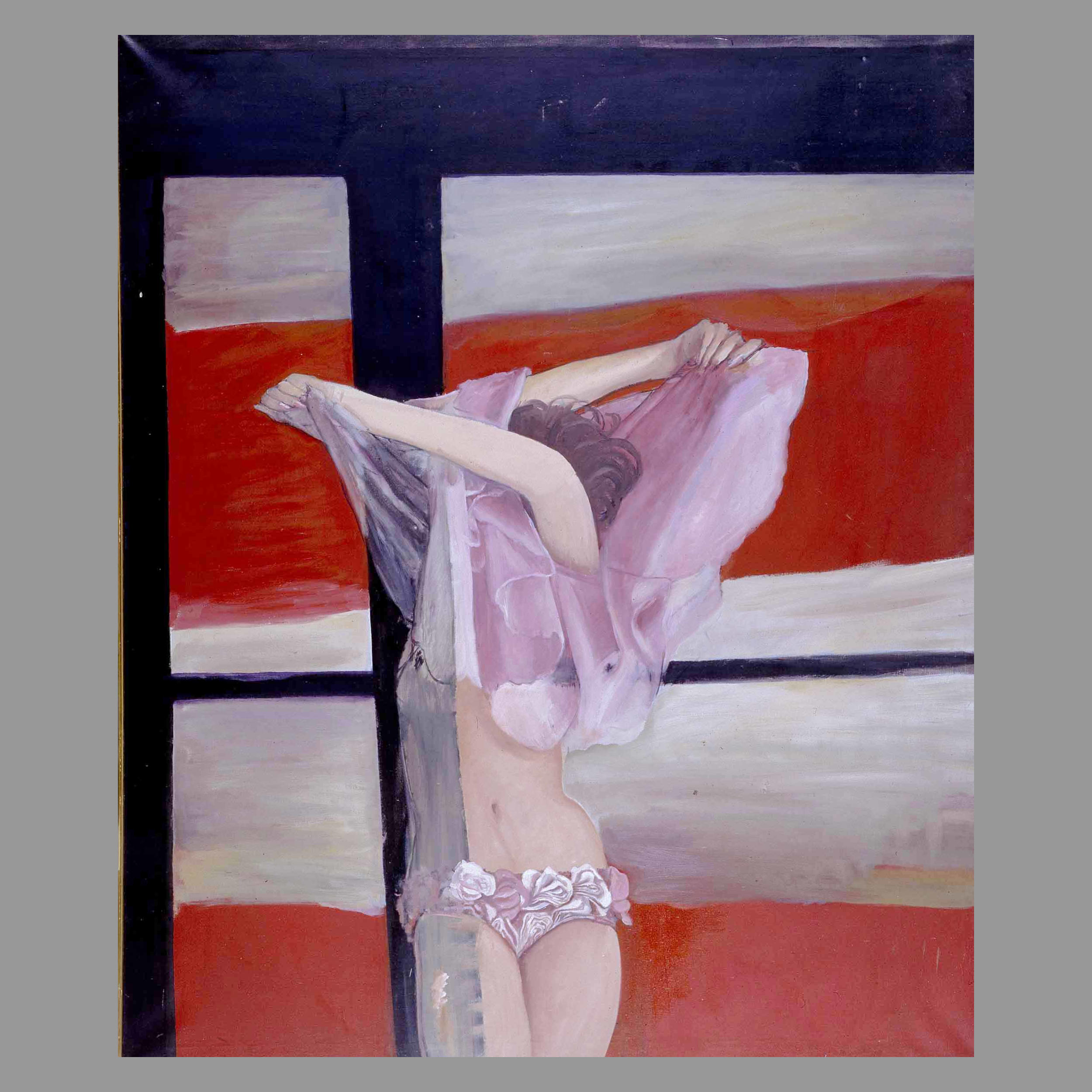
Pauline Boty, Tom's Dream, 1963
Kristal has devoted extensive research to the artist’s life and work, interviewing many contemporaries and sifting through copious archives. He has vividly reimaged the artistic milieu of the time, interspersing Boty’s biographical details with voices from the past, including the artist’s own writings.
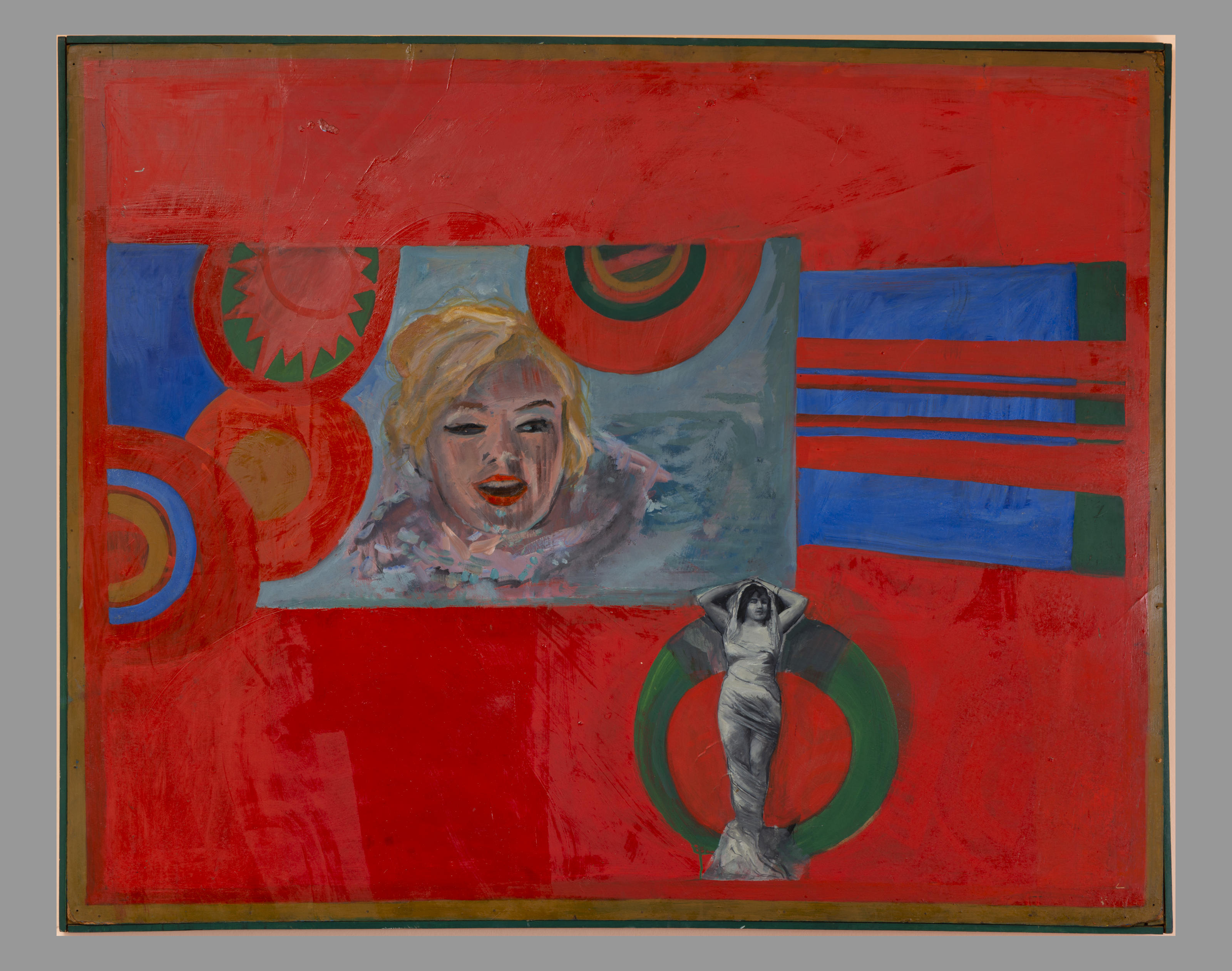
Pauline Boty, Epitaph to Something’s Gotta Give, 1962, oil on hardboard, 127 x 106.5 cm
From Wimbledon School of Art, Boty entered the RCA in 1958, ostensibly to study stained glass. At the time, the college’s various departments were scattered across Kensington, but it was also home to the emerging idea of creativity as a unifying force, with artists working across disciplines and through the burgeoning world of mass media: the catalysts of Pop Art.
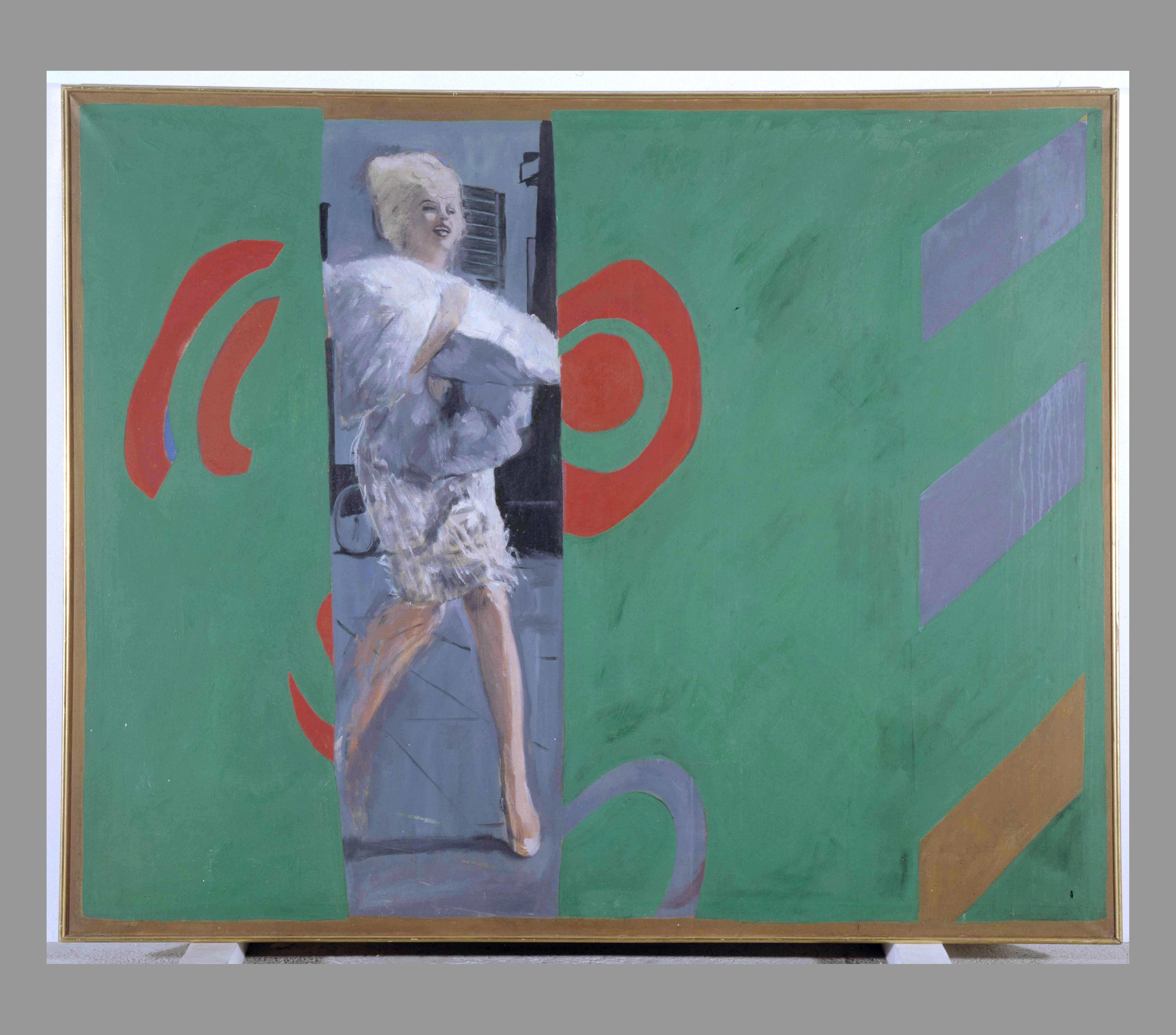
Pauline Boty, The Only Blonde in the World, 1962, oil on canvas, 153 x 122.4 cm
Whilst both unashamedly glamorous and a lighting rod for attention, Boty also found her artistic voice at the RCA. Boty was practically alone amongst the Pop Art practitioners of the time to address female representation in the media and the male gaze, frequently making herself the subject of her paintings. The book contains a thorough selection of her work, key pieces by her contemporaries, as well as a treasure trove of photographs and visual ephemera from the era, representing poster design, art exhibitions and more.
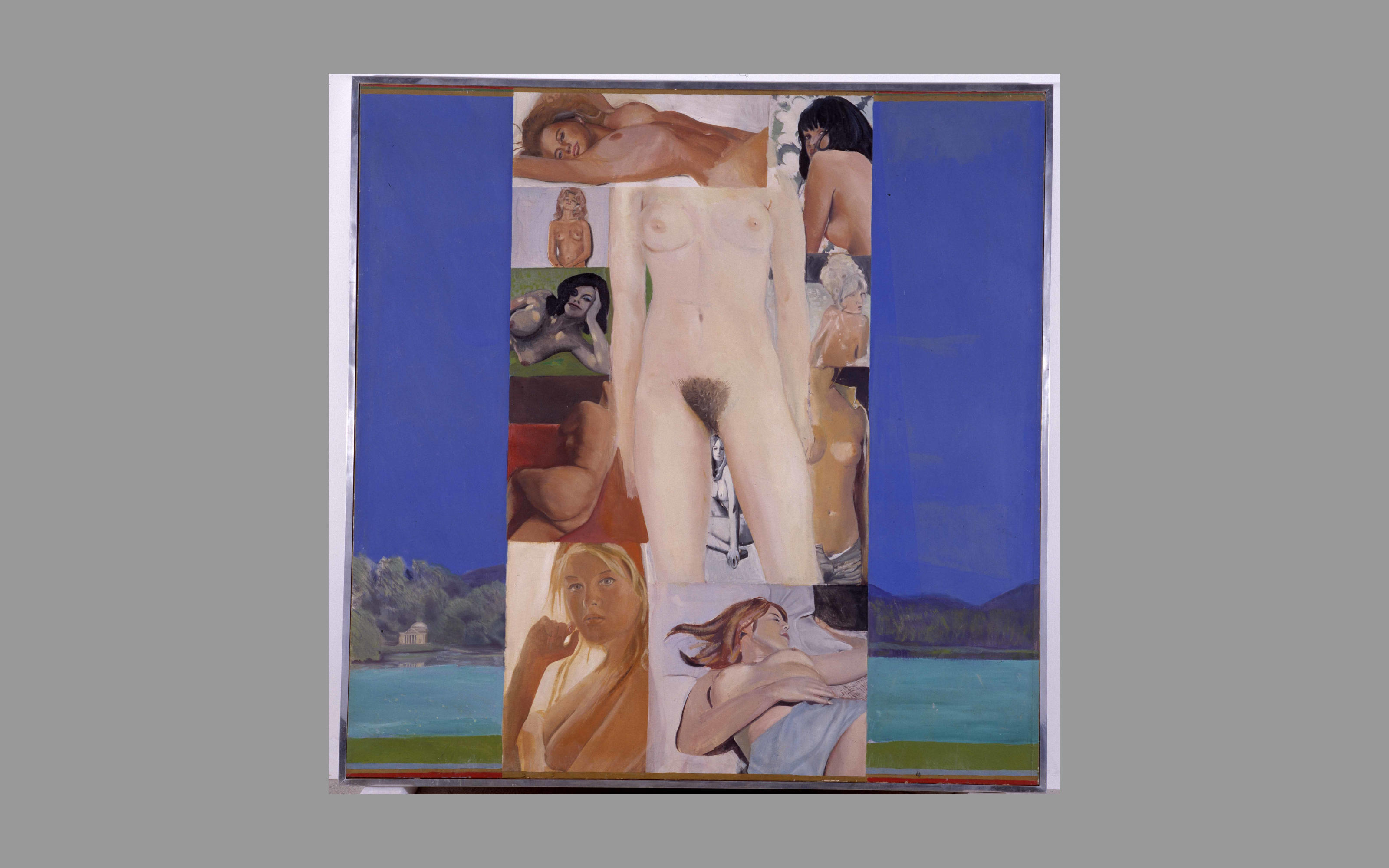
Pauline Boty, It’s a Man’s World II, 1964–65, oil and collage on canvas, 125 x 125 cm
The book is a dense but highly readable evocation of an era, anchored by Pauline Boty’s still evident charisma and Kristal’s meticulous research, which includes a huge number of interviews with key players from the time. Author Marc Kristal, an occasional contribution to Wallpaper*, is also a screenwriter, novelist and filmmaker. With Pauline Boty: British Pop Art’s Sole Sister, he has contributed an excellent portrait of a vital moment in culture.
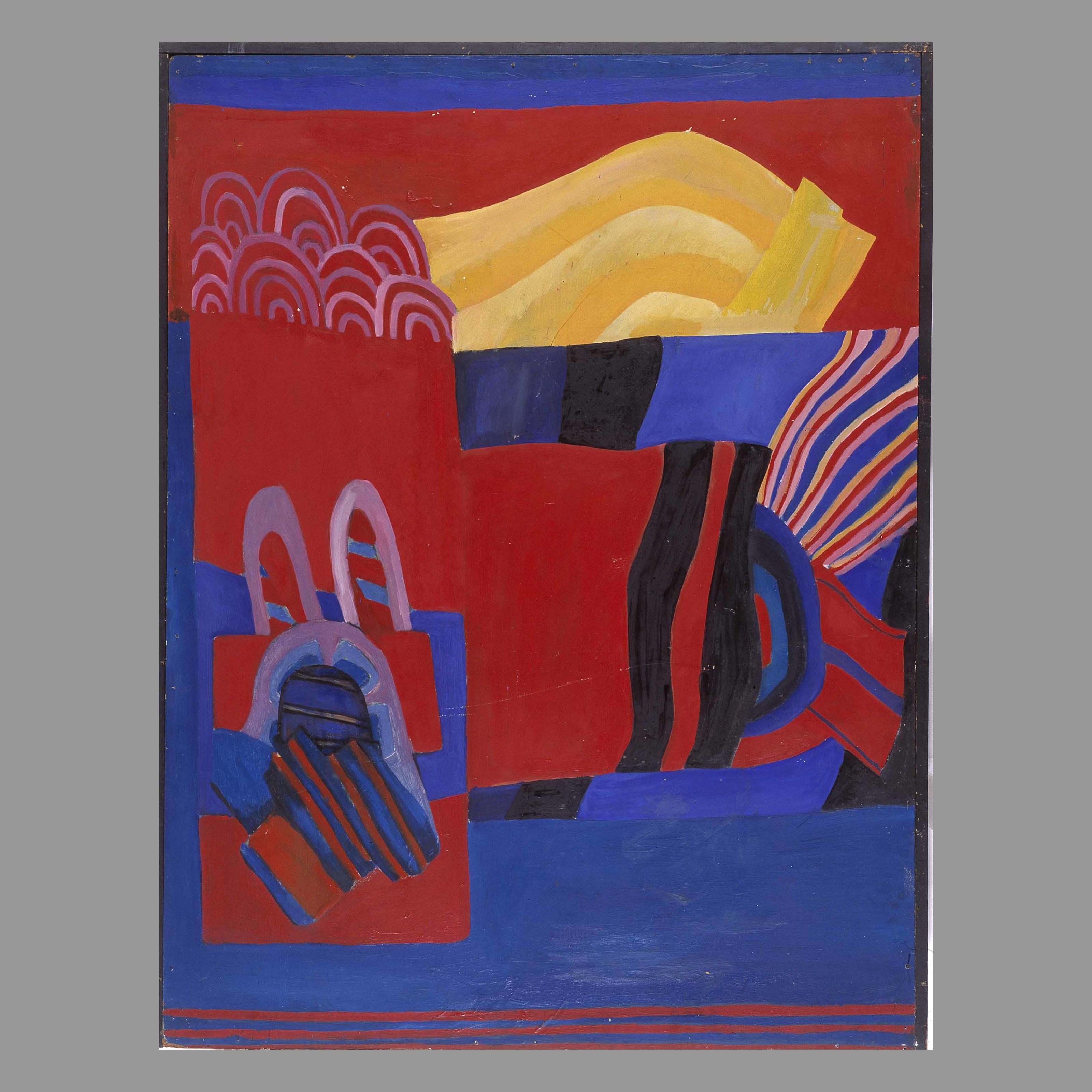
Pauline Boty, Untitled (Red, Yellow, Blue Abstract), circa 1961, oil on board,97 x 126 cm
Pauline Boty: British Pop Art’s Sole Sister, Marc Kristal, £25, Frances Lincoln, Quarto.com
Receive our daily digest of inspiration, escapism and design stories from around the world direct to your inbox.
Jonathan Bell has written for Wallpaper* magazine since 1999, covering everything from architecture and transport design to books, tech and graphic design. He is now the magazine’s Transport and Technology Editor. Jonathan has written and edited 15 books, including Concept Car Design, 21st Century House, and The New Modern House. He is also the host of Wallpaper’s first podcast.
-
 Year in review: the shape of mobility to come in our list of the top 10 concept cars of 2025
Year in review: the shape of mobility to come in our list of the top 10 concept cars of 2025Concept cars remain hugely popular ways to stoke interest in innovation and future forms. Here are our ten best conceptual visions from 2025
-
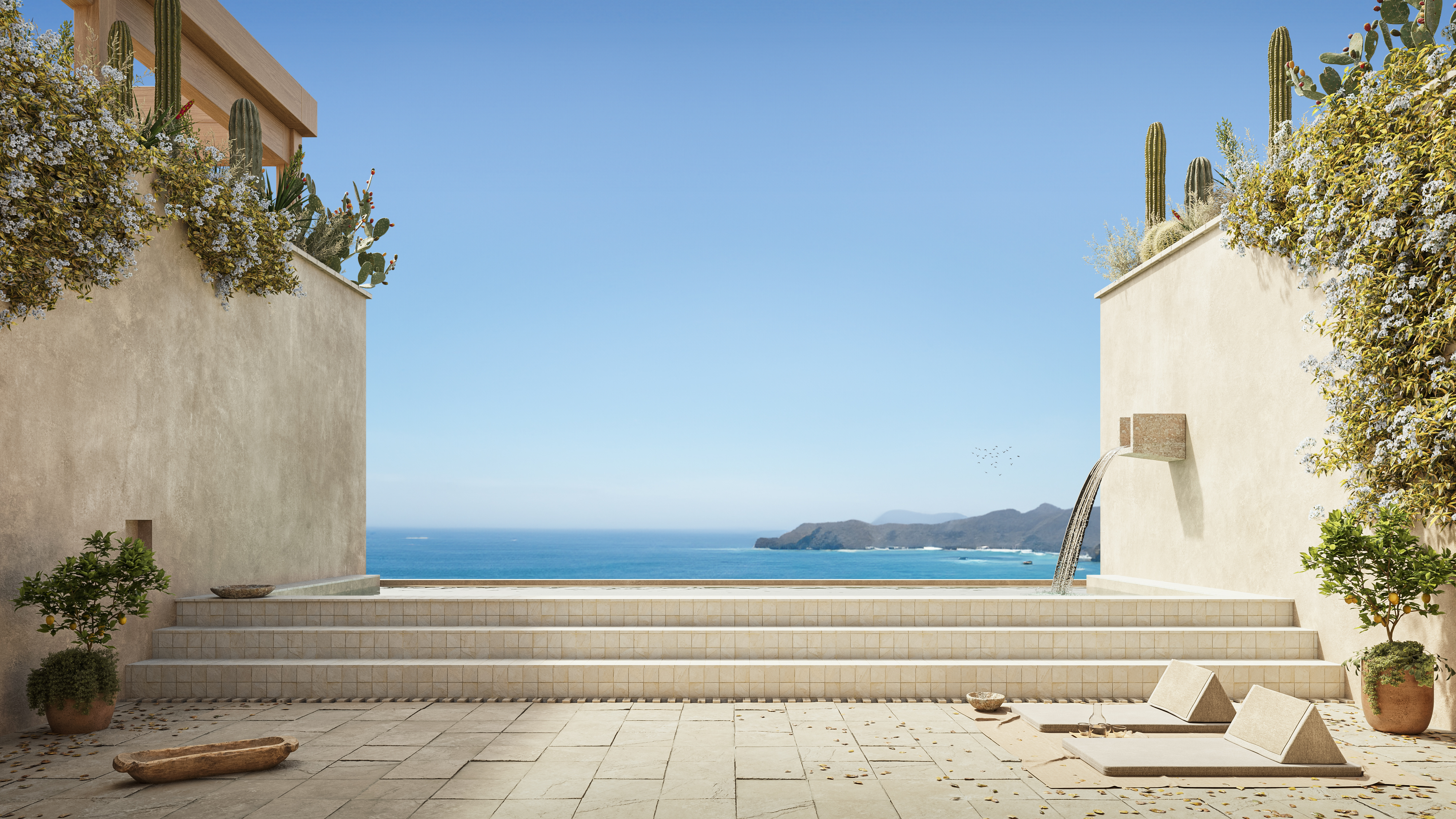 These Guadalajara architects mix modernism with traditional local materials and craft
These Guadalajara architects mix modernism with traditional local materials and craftGuadalajara architects Laura Barba and Luis Aurelio of Barbapiña Arquitectos design drawing on the past to imagine the future
-
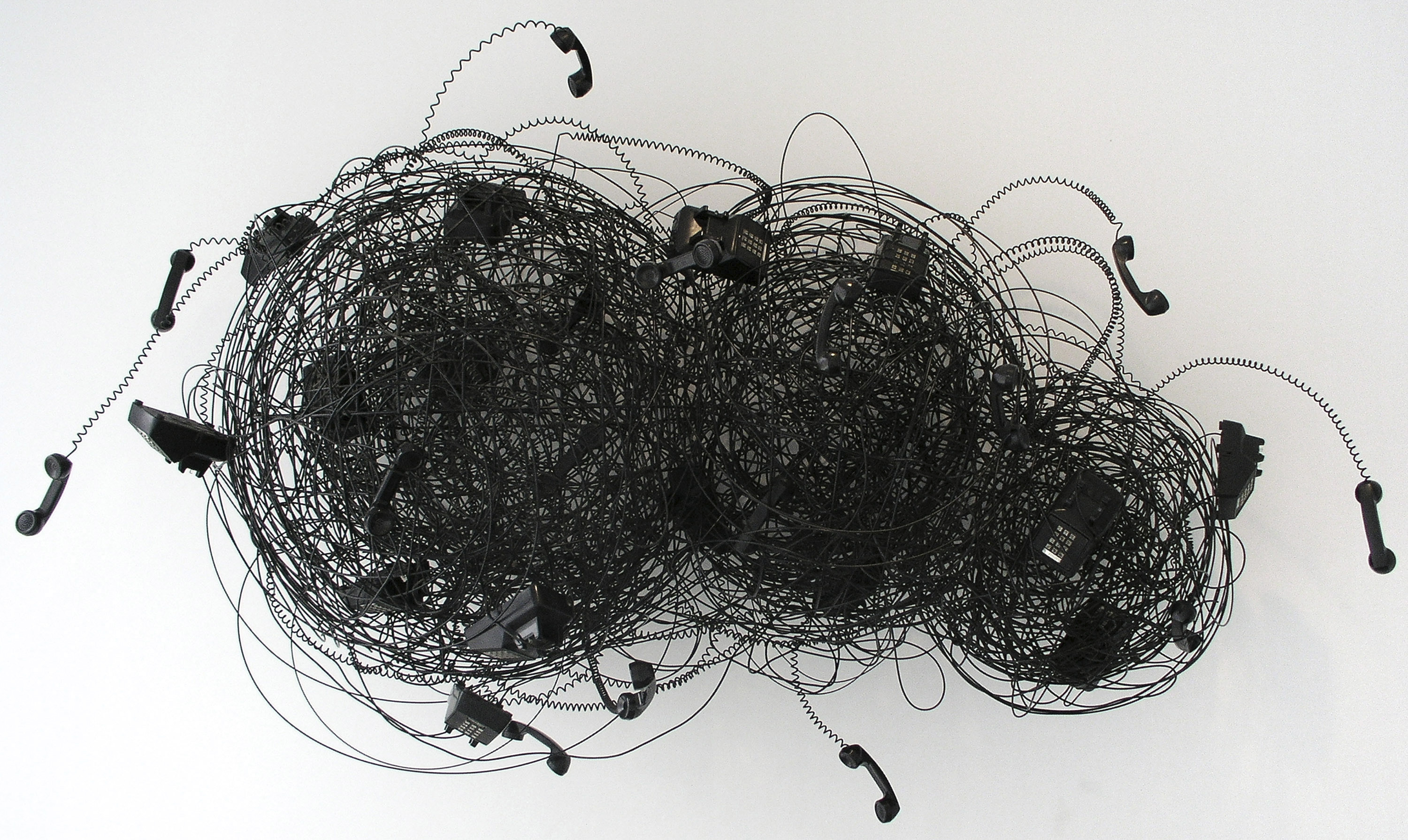 Robert Therrien's largest-ever museum show in Los Angeles is enduringly appealing
Robert Therrien's largest-ever museum show in Los Angeles is enduringly appealing'This is a Story' at The Broad unites 120 of Robert Therrien's sculptures, paintings and works on paper